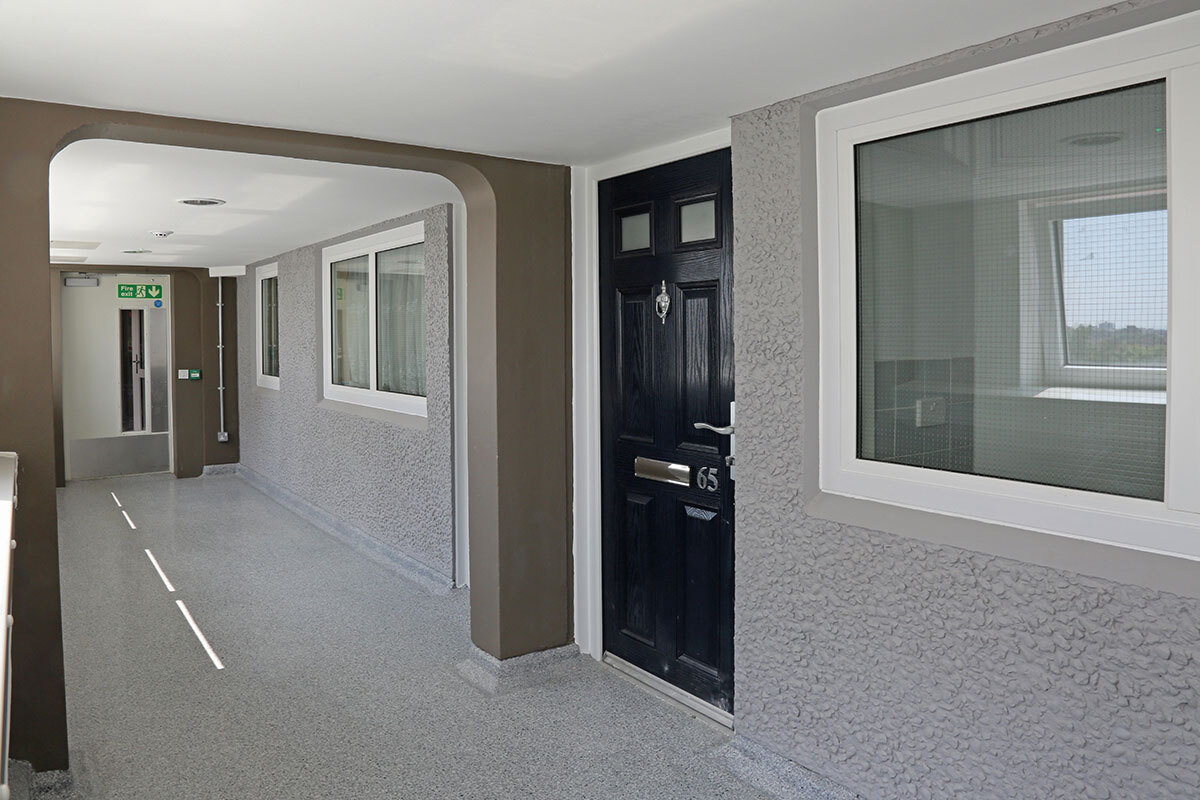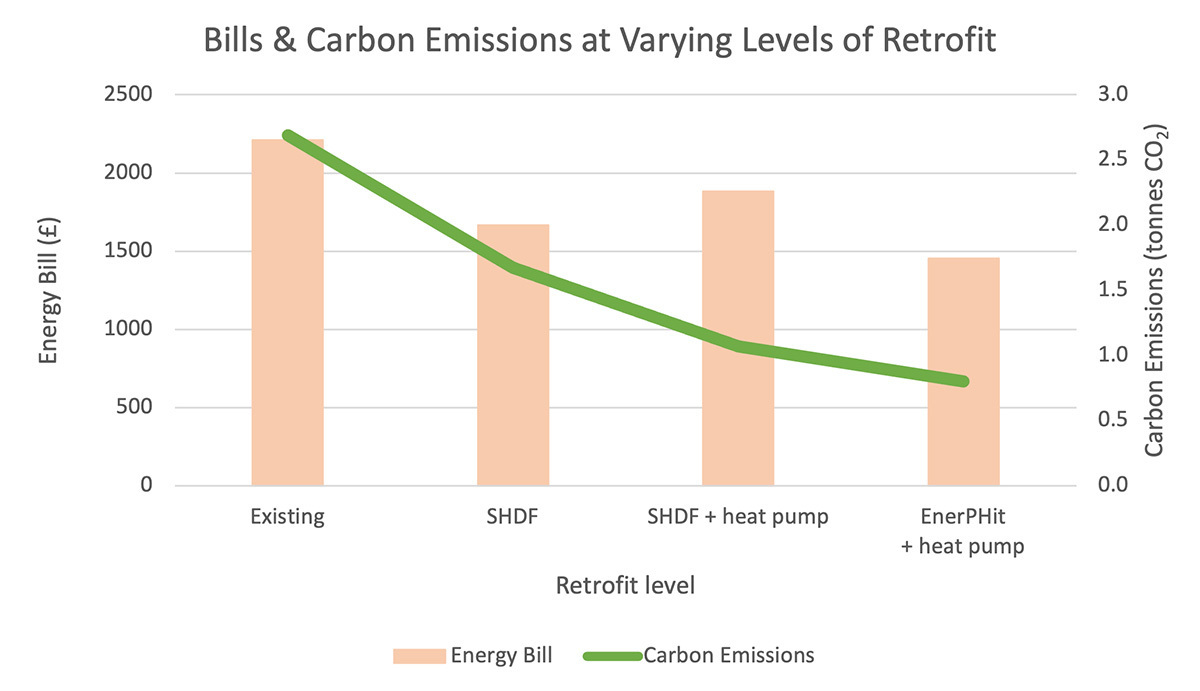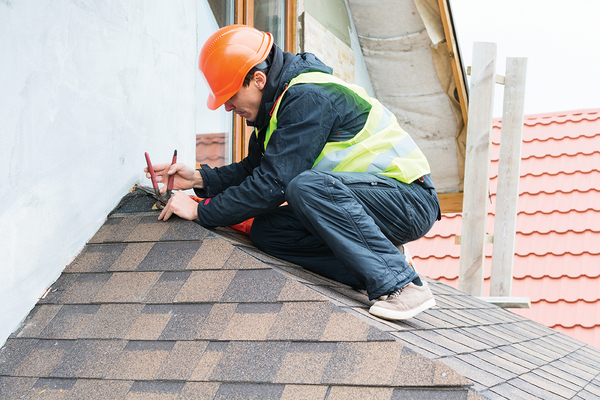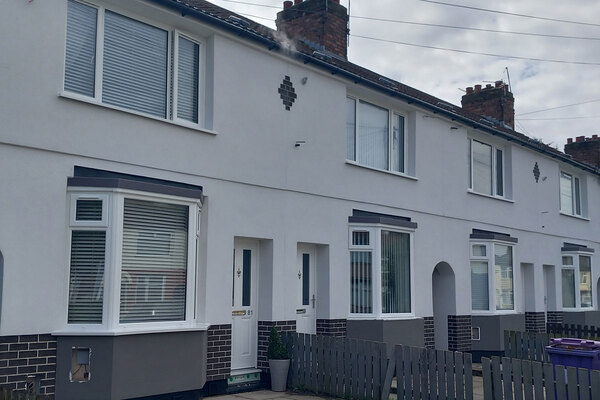How much will residents really save from retrofits?
Lizzy Westmacott has been working on some of the energy-efficiency retrofits being done under the first wave of the Social Housing Decarbonisation Fund. As the application date for the second wave draws close, she looks at how much money residents can save and how much carbon can be saved under different levels of retrofit
As we face up to the rising cost of fuel bills and many of us are involved in bidding for Wave 2 of the Social Housing Decarbonisation Fund (SHDF), we wanted to take a look at the benefits of one of our Wave 1-funded schemes in terms of bill savings as well as how successful it will be in terms of decarbonisation.
For this project, ECD Architects is working on the retrofit of more than 300 homes together with Keegans, which carried out retrofit assessments and co-ordination. We’re working for the contractor, which in turn is working for the local council.
The homes range from bungalows to three-storey houses, but all need to reach a heat demand of ≤ 90 kWh/m²/yr, which in some cases is a reduction of two-thirds.
This will, of course, improve living conditions and comfort in the homes. However, because we’re rolling out a similar specification to all homes, regardless of the shape of each home, some of the homes will end up with a better performance, down to around 45 kWh/m²/yr.
Reviewing the scheme, we looked at the existing and proposed performance of one of the two-bedroom mid-terrace homes and extrapolated this to see what would happen if we added a heat pump in place of the existing boiler. We then took the theoretical retrofit further to achieve EnerPHit levels of performance – this is the much more ambitious Passivhaus Standard for retrofits.
The actual proposal includes new external wall insulation, roof insulation, windows and through-wall heat recovery ventilation. The existing gas boiler will remain. This combination is not too disruptive to residents and will achieve a significant reduction in bills, from over £2,200 per year, down to less than £1,700. It will also almost halve the home’s carbon emissions.
Taking this retrofitted home and replacing the gas boiler with an air-source heat pump would achieve a further significant saving in terms of carbon emissions as no gas would be burned on site. However, this would push the energy bills higher than with the boiler, due to the higher price of electricity, back up to nearly £1,900 per year.
“The range of house types on this estate has made it cost-effective to achieve a lower heating demand solution to many of the homes. However, it is frustrating that for all the work, investment and disruption that will have gone into this project, the homes will still not be ‘heat pump ready’”
It would theoretically be possible to achieve an EnerPHit level of performance for these homes. This would entail adding thicker insulation, even better windows, mechanical ventilation with heat recovery (MVHR) throughout the home, insulating the ground floor and further improving the airtightness. Additionally, an air-source heat pump would be proposed to provide heating and hot water.
This would, of course, be much more disruptive to residents, as a new floor slab would be needed over new insulation, as well as running MVHR ductwork to all rooms. The home would have even lower rate of heat loss and the carbon emissions would be halved again, down to around 0.8 tonnes CO2 per year. But as the home would now be powered entirely by electricity, the bill reduction would not be nearly as significant, dropping by only a further £200, down to £1,450.
This is due to the higher price of electricity compared with gas. Much less energy would be used overall, and this would be cleaner energy, but the results of this solution would still be quite expensive for the resident and they would have experienced a lot of disruption.
“The cleaner way of powering our homes needs to also be the cheaper one to incentivise this to happen”
The Wave 1 SHDF parameters are allowing us to carry out a retrofit that strikes a reasonable balance between disruption, bill reduction and decarbonisation in this specific case.
The range of house types on this estate has made it cost-effective to achieve a lower heating demand solution to many of the homes. However, it is frustrating that for all the work, investment and disruption that will have gone into this project, the homes will still not be ‘heat pump ready’.
As demonstrated, if we were to swap out the gas boiler for a heat pump while only carrying out the SHDF level retrofit, bills would be higher than if we keep the gas boilers in, although the resident would be expected to make a £300-a-year saving compared with their bills before work took place.
If decarbonisation really is the aim, we need to get the homes we’re retrofitting to be ‘heat pump ready’ so that, as boilers reach the end of their lives, they can economically be replaced with heat pumps. Achieving this, and avoiding the need for further retrofit later, may mean getting to a much lower heat demand than 90 kWh/m2/yr.
So, if you can afford to fund a deeper retrofit, do so! While there are funding caps in place for what the SHDF will provide, there’s no theoretical limit to what landlords are allowed to spend on top of this. If it’s possible to take a longer term view it may be that investing in a deeper retrofit will pay off.
We also need the cost of electricity compared with gas to come down so that the twin goals of energy bill reduction and climate change mitigation can work together. The cleaner way of powering our homes needs to also be the cheaper one to incentivise this to happen.
Lizzy Westmacott, joint head of sustainability, ECD Architects
Sign up for our asset management and sustainability newsletter
Already have an account? Click here to manage your newsletters








